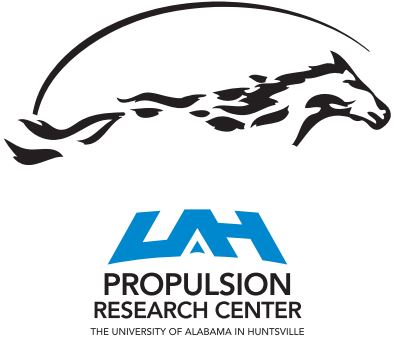Phase Rule and the Universality of Critical Phenomena in Chemically Reacting Liquid Mixtures
Source
UAH PRC Research Database
Document Type
Article
Publication Title
The Journal of Physical Chemistry
Abstract
Critical effects have been reported in the case of chemical equilibria, in which the solvent is a binary liquid mixture having a critical point of solution. At atmospheric pressure and for temperatures near the critical point, the critical effect manifests itself as a divergence in the temperature derivative of the extent of reaction. For a critical mixture of isobutyric acid + water (IBA/H2O) serving as the solvent, we report experimental results for three complex equilibria involving (i) parallel dissolution of aluminum oxide and manganese dioxide (involves 8 species); (ii) parallel dissolution of aluminum oxide and copper(I) oxide (involves 10 species); and (iii) dissolution of barium chromate (involves 9 species). In each case, we observe a divergence in the slope of the van't Hoff plot of the extent of reaction in the critical region. By phase rule analysis of these and all other existing data, we find that the chemical equilibrium critical effect occurs in coincidence with three thermodynamic intensive variables being fixed, where two of these are the temperature and the pressure. The slope of the van't Hoff plot in the critical region is observed to diverge toward negative infinity when the reaction is endothermic and toward positive infinity when it is exothermic. These two features are a characteristic of both homogeneous and heterogeneous equilibria and have been observed at both upper and lower critical solution temperatures. Taken together, these observations support the applicability of the universality concept to chemical equilibrium critical phenomena in binary liquid mixtures.
First Page
5545
Last Page
5554
DOI
https://doi.org/10.1021/acs.jpcb.9b02978
Publication Date
6-19-2019
Recommended Citation
Baird, James K.; Lang, Joshua R.; Wang, Xingjian; Mukherjee, Anusree; and Norris, Pauline, "Phase Rule and the Universality of Critical Phenomena in Chemically Reacting Liquid Mixtures" (2019). PRC-Affiliated Research. 110.
https://louis.uah.edu/prc-research/110


